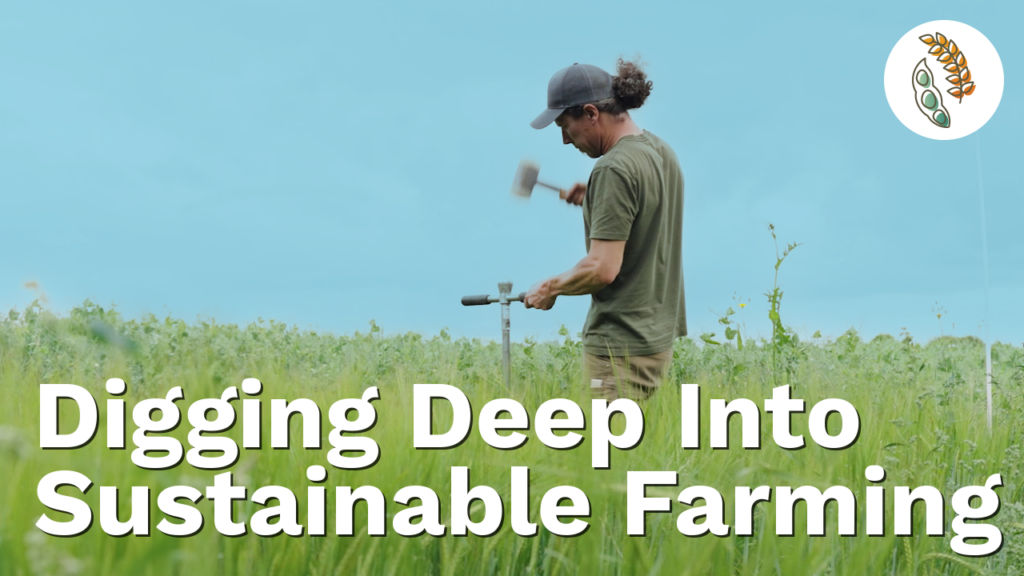As our global population continues to grow towards 10 billion by 2050, the pressing need for sustainable agricultural practices has never been more apparent. Traditional farming methods, characterised by monocultures and heavy reliance on chemical fertilisers, are failing to meet the growing demand for food without causing irreversible harm to our environment.
Enter intercropping – an ancient agricultural technique with the potential to revolutionise the way we farm. By cultivating two or more crops together in the same field, intercropping offers a multitude of benefits. These benefits include enhanced soil fertility, increased biodiversity, and reduced dependency on synthetic fertilisers. Yet, despite its promise, intercropping remains vastly underutilised, occupying a mere two percent of Europe’s arable land.
But how can we change that? One answer lies in understanding the tangible benefits through experimental research and field measurements.
Digging in the soil for answers: Agriculture research
But how do we quantify the benefits of intercropping and understand its true potential in fostering sustainability? This is where the LEGUMINOSE project steps in. Through a series of research field trials conducted across diverse climatic zones and soil conditions in Europe, our team of scientists is dissecting the complexities of intercropping and its impact on soil health, crop quality, and overall agricultural sustainability.
From the sun-drenched fields of Southern Europe to the lush landscapes of Northern Europe, our researchers are collecting soil samples, analysing soil properties, and meticulously documenting the effects of intercropping on plant growth and nutrient cycling.
By studying these real-world scenarios, we aim to not only quantify the benefits of intercropping but also provide actionable insights for farmers looking to adopt more sustainable agricultural practices. We will directly test and implement these insights on 180 on-farm living labs across nine countries. These living labs provide a unique opportunity for farmers to actively participate in testing intercropping in their own fields. This collaborative approach ensures that our research findings are not only scientifically robust but also practical and applicable to real-world farming scenarios.
Tuning in directly from the fields
Curious to learn more about the techniques our researchers are using and the samples they are collecting? Watch our scientists share some insights into the sample collection process at our Danish research field.
